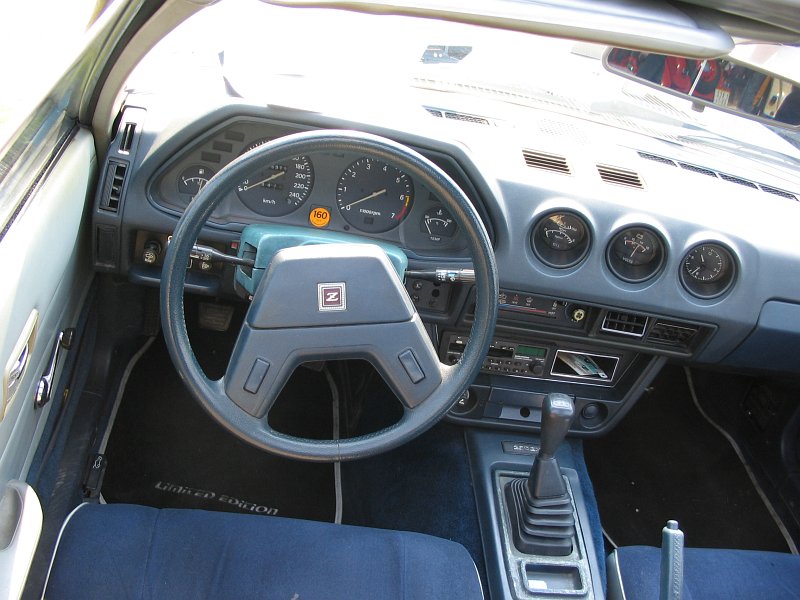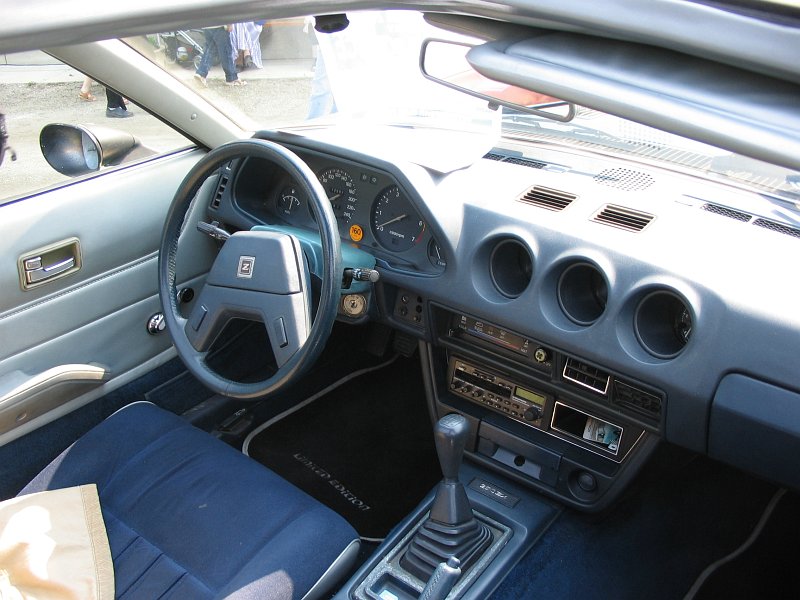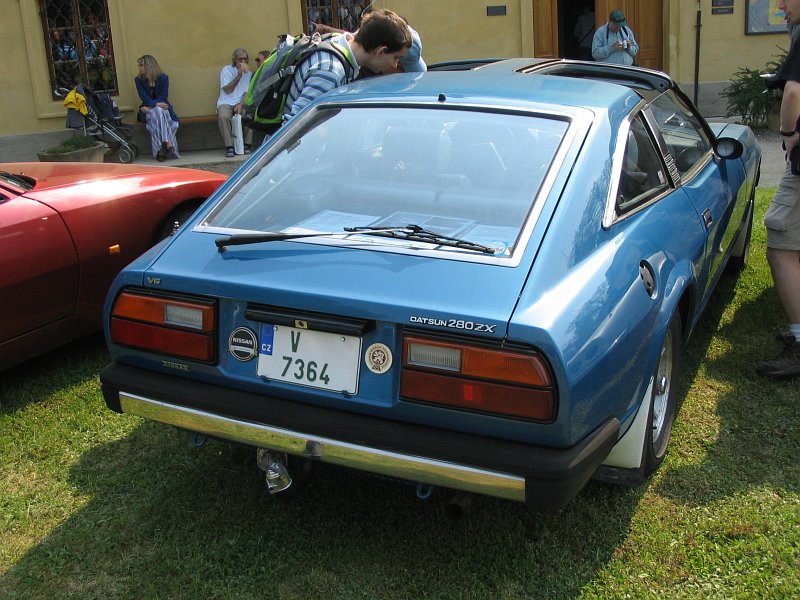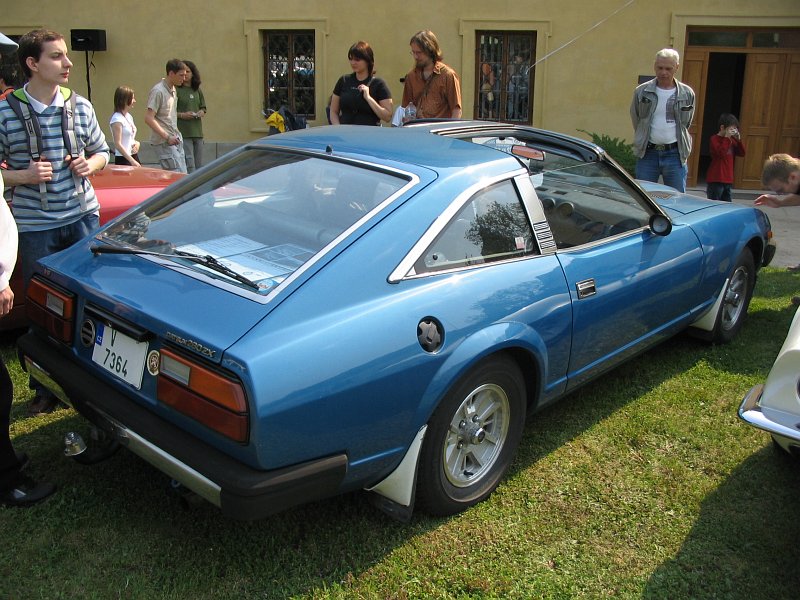Description
The Datsun 280ZX, introduced in 1978, marked a significant evolution in Nissan’s Z-car lineage, replacing the earlier 280Z. Known internally as the S130, the 280ZX shifted the Z-car from a raw, lightweight sports machine toward a more refined, GT-style (grand touring) coupe, incorporating luxury, comfort, and improved aerodynamics while maintaining performance and rear-wheel-drive dynamics.
Under the hood, the 280ZX was powered by the 2.8-litre inline-six L28E engine, a fuel-injected version of the robust L-series engine. This engine produced around 135 to 145 horsepower, depending on market and emissions controls. Power was delivered through either a five-speed manual transmission or an optional three-speed automatic. Despite being heavier than earlier Z-cars, the 280ZX still offered strong straight-line performance for its era, with a smooth powerband and solid high-speed cruising ability.
One of the most noticeable changes was the car’s styling. While still clearly a Z, the 280ZX featured a completely redesigned body, with a more angular, wind-tunnel-tested shape, integrated bumpers, a longer nose, and wider proportions. The new design gave the car a more upscale, modern appearance and reflected the growing demand for performance cars that also offered comfort and practicality.
For the first time, Nissan offered the Z in both two-seater and 2+2 configurations, with the 2+2 gaining a longer wheelbase and small rear seats. The 280ZX was also available in T-top form, with removable glass roof panels—an especially popular option in North America. The T-top enhanced the car’s appeal as a stylish, open-air cruiser.
Inside, the 280ZX received a major upgrade in terms of materials, features, and overall design. It included plush bucket seats, improved sound insulation, a tilt-adjustable steering column, and a more advanced digital or analog instrument cluster depending on the trim. Higher-end versions featured power windows, air conditioning, cruise control, and a factory stereo system, pushing the car into luxury territory compared to earlier Z models.
Mechanically, the 280ZX used independent suspension at all four corners, though it was revised for more comfort than pure handling precision. Power-assisted rack-and-pinion steering and front disc brakes came standard. While some enthusiasts lamented the softer, heavier ride compared to the original 240Z, the 280ZX excelled as a long-distance GT car, with stable road manners and a solid highway presence.
In 1981, Nissan introduced a turbocharged version of the 280ZX in select markets, which used the same L28 block but added a turbocharger to boost output to 180 horsepower. This gave the Z renewed performance credibility and made it one of the quicker Japanese cars of the early 1980s.
The 280ZX also saw success in motorsport. Notably, it performed well in IMSA racing and rally events, particularly in turbocharged or modified form, helping reinforce its sporting image despite its shift toward comfort and style.
Production of the 280ZX continued until 1983, when it was replaced by the Nissan 300ZX (Z31)—a new generation that further embraced technology and aerodynamic styling.
Today, the Datsun 280ZX is appreciated by collectors and enthusiasts for its blend of classic Z aesthetics and 1980s luxury. While it lacks the rawness of the 240Z, its smooth six-cylinder engine, distinctive design, and comfortable ride make it an appealing vintage GT car. Clean, original examples—especially turbocharged models—are gaining value and recognition as part of the Z-car legacy.




